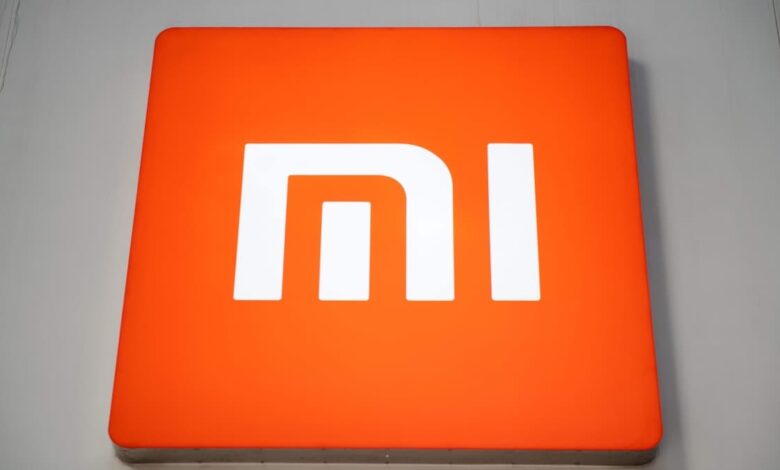How Xiaomi is adjusting its strategy in India to take on Samsung

Xiaomi is changing its strategy for India after misjudging consumer tastes in mobile phones. The costly blunder has seen Samsung Electronics knock the Chinese company off the top spot in the world’s second-largest mobile phone market.
While Xiaomi continued to focus on selling phones under Rs. 10,000, Indian consumers were willing to pay more for nicer models with richer features. South Korea’s Samsung launched products to meet those aspirations and offered innovative financing schemes that made them affordable to most.
The moves have seen Samsung take control of India’s competitive mobile phone market from Xiaomi. Data from Hong Kong-based Counterpoint Research shows that Samsung had a 20 percent market share in the fourth quarter of 2022, compared to 18 percent for the Chinese company.
“The Indian market is witnessing a ‘premiumisation trend’. (But) Xiaomi is ill-prepared for the change, with a portfolio that mainly consists of budget phones,” said Tarun Pathak, research director at Counterpoint.
Xiaomi’s waning grip on India’s 626 million smartphone users (the largest group after China) shows how companies that fail to respond to changing consumer preferences in a fast-growing economy with rising disposable incomes are being punished.
The most famous example in India is Tata Motors’ Rs. 100,000 Nano, which was touted as the world’s cheapest car. Consumers associated the low price with inferior quality.
Indian demand for higher-end mobile phones to watch videos and other content will also benefit social media app providers like Meta and iPhone maker Apple. Apple has so far had a small market share in the country due to its focus on high-end phones. According to Apple’s website, the prices of these phones range from $605 (roughly Rs 50,000) to as much as $2,304 (roughly Rs 190,500).
According to Counterpoint, the market share of phones under $120 (roughly Rs. 10,000) in India fell from 41 percent two years ago to 26 percent in 2022. And premium phones – priced above Rs. 30,000 – saw their share double to 11 percent in the same period.
Xiaomi and Samsung both see India as a key growth market, with smartphones being their top-selling electronic device. The Chinese company posted total sales of $4.8 billion (approximately Rs. 39,700 crore) in 2021-22 in India, while Samsung recorded $10.3 billion (approximately Rs. 85,230 crore) in sales, of which $6.7 billion (approximately Rs. 55,440 crore) came from smartphones.
However, Xiaomi has already been struggling in India amid the departure of at least five senior executives and increased government scrutiny amid frosty ties with neighboring China. The company has had $674 million (roughly Rs. 5,580 crore) of its funds frozen by the country’s financial crimes agency for alleged illegal transfers to foreign entities, which Xiaomi denies.
A Reuters check of product listings on Xiaomi’s website showed the mismatch between consumer needs and the products the company offers. Xiaomi listed six smartphones priced above $360 (roughly Rs. 30,000), compared to Samsung’s 16. Below $120, Samsung had seven models, while Xiaomi listed 39 — most of which appeared to be out of stock.
Counterpoint data shows that premium phones accounted for just 0-1 percent of all phones shipped by Xiaomi in India in the past two years, while the share of Samsung’s higher-end phones more than doubled to 13 percent.
But Xiaomi, which has admitted that it has launched “too many” models in the past, is revamping its product lineup to focus on premium smartphones. It launched the Redmi Note 12 in January, the top-end variant of which costs over Rs. 30,000, and more recently the Xiaomi 13 Pro for Rs. 79,999 – its most expensive phone in India. The strategic shift seems to have paid immediate dividends, with the Redmi Note 12 doing $61 million (roughly Rs. 500 crore) in sales within two weeks of its launch.
“We have been developing a streamlined and uncluttered portfolio with a focused approach to build expertise in the premium segment. The launch of our latest flagship, the Xiaomi 13 Pro, is a step in that direction,” said Muralikrishnan B., President, India.
“We realize we still have a long way to go on this journey and that is why we are introducing much stronger products.”
Loans for phones
A scheme run by Samsung, along with its financing partners, which it says offers “easy and secure” loans, has played a key role in its recent success in India, generating $1 billion (roughly Rs 8,270 crore) in device sales last year.
A poster of Samsung’s offer seen by Reuters on a dusty street where fruit vendors work in the state of Uttar Pradesh said even people with no loan history, low credit scores or paychecks could get a phone.
Sanjeev Kumar Verma, owner of a nearby multi-brand phone shop, has benefited from the company’s loan scheme. Speaking to Reuters at his shop, which has hundreds of phones on its shelves, Verma said he used to sell five Samsung phones a month but has now quadrupled that to 20, 18 of which are through the loan scheme.
Verma and another smartphone vendor in Mumbai said that Samsung, unlike rivals, did not require proof of local address, making it easier for migrant workers or people working outside their home states to get phones on loan. Samsung did not comment on the vendors’ comments.
Growth in premium phones was much higher in small towns than in big cities, Raju Pullan, head of Samsung’s mobile division in India, told Reuters in February, adding that nearly half of consumers who opted for the financing program were first-time loan applicants.
According to Samsung, the financing app installed on smartphones can lock the device and block outgoing calls in case of missing loan payments.
Xiaomi has also entered into partnerships to offer loans, which the company calls a key growth driver for phones above Rs 15,000. The company will explore more such offerings.
Muralikrishnan said the company will also open more stores beyond its current network of 20,000 retail partners and increase local sourcing of mobile phone components, which is likely to reduce costs.
Some industry analysts said the new strategy could help the Chinese company return to solid growth in India.
“Xiaomi has traditionally had strong brand equity, a robust online and offline channel presence and can make a comeback with a potentially strong premium and value-for-money product mix,” said Prabhu Ram, head of industry intelligence at CyberMedia Research.
© Thomson Reuters 2023




